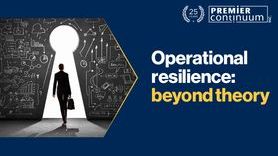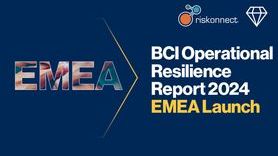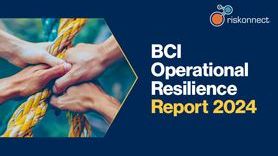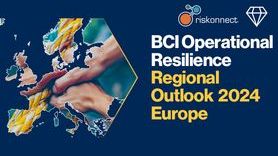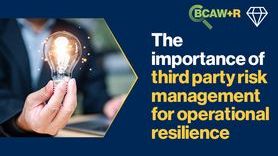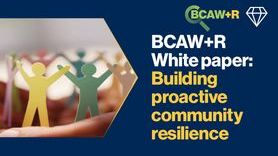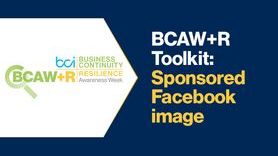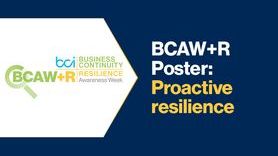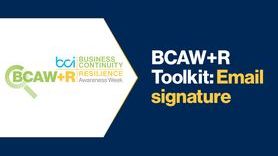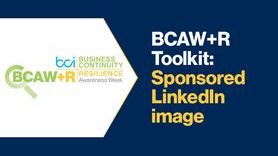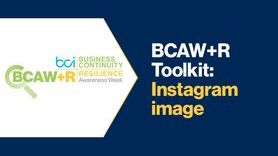How to formulate an organizational resilience policy
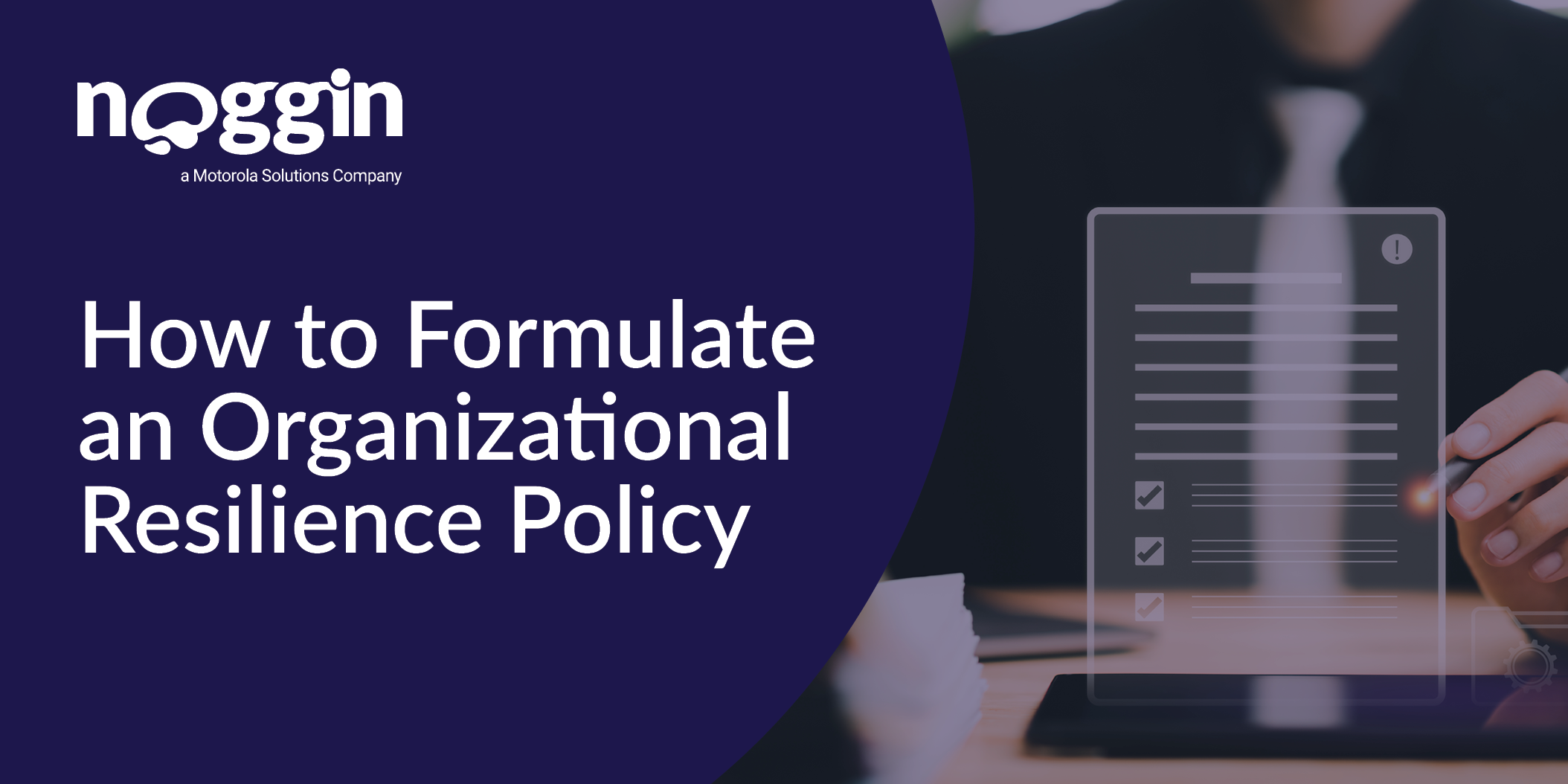
Resilience is becoming a key objective for many organizations. But many leaders don’t have the experience of building a resilience practice. Without having done it before, they aren’t likely to know where to start.
According to best-practice standard, ISO 22336:2024, the place to start is the resilience policy. Resilience policy sets the parameters for embedding organizational resilience objectives into organizational strategies.
For resilience policy to be operative, though, it must be formulated. The stage of the resilience lifecycle devoted to the documentation of the intention to enhance resilience and the assigning of accountability for deliverance of the strategy is the policy formulation stage. What does it entail? Using ISO 22336 as our guide, we delve into resilience policy formulation in the following article.
What is resilience policy?
Resilience policy formulation consists of aligning your organization’s values and behaviors with a shared vision and purpose for resilience.
Sounds abstract, but it’s not. Like with all other policies, an organization will formulate its resilience policy by considering what the objectives and expectations of that policy will be. The policy that follows will simply state the organization’s intention and direction for enhancing resilience.
Resilience policy itself:
- Calls for commitment from all interested parties to satisfy the organization’s expectations
- Authorizes and empowers those responsible for supporting the design and implementation of the resilience policy and strategy
- Specifies the alignment of policy objectives to the desired enhancement of resilience attributes and enabling behaviors
- Aligns with behaviors that shape organizational culture and foster creativity and innovation, as well as transformative thinking
- Refers to or integrates with new or existing organizational policies and strategies
- Communicates the importance, benefits, and outcomes of the policy
- Commits to continual improvement and maintenance of the resilience policy
Resilience policy formulation
To formulate resilience policy, organizations first consider their context, internal and external, to identify potential changes.
Internal contexts include vision, mission, and values, organizational culture and leadership, corporate policies, objectives, and strategies, operational requirements for core products, services, systems, and resources, as well as business-as-usual and emergency management capabilities.
Meanwhile, external contexts include socioeconomic conditions, covering the impacts of global or regional conflicts, geopolitical influences, legal and regulatory obligations, emerging or disruptive technologies, and more.
Once these things are assessed, policy formulation heads over to senior management for such high-level activities as developing a shared vision and purpose for the policy that aligns with the larger organizational vision, establishing a governance model, organizational structure, roles, and accountabilities to develop the strategy and implementation plan, and identifying resources with the required capabilities and knowledge.
Further top management activities during policy formulation include:
- Establish protocols for coordination across management functions and contributions from technical areas of expertise
- Establish relationships with, and perceptions and values of, interested parties and their cultures
- Consider the influence and validity of assumptions in policy objectives
- Identify any risks in achieving organizational resilience policy objectives
- Establish the monitor and review processes
- Determine the continual improvement approach
Communicating resilience policy
The final step of policy formulation is communication. Communication in this context involves sharing information about the established policy with relevant stakeholders, both inside and outside of the organization.
Communication is a capability all to itself, though. To that end, organizations should be looking to establish an approved approach to communication to facilitate awareness of the resilience policy and strategy. A combination of communication methods should be used so that messages are accessible and comprehensible by all interested parties.
Once policy is formulated, strategy must be designed and implemented to achieve objectives. How to see your resilience goals through to the end? Download Noggin’s Guide to ISO 22336, where to dig into the full resilience policy lifecycle.










